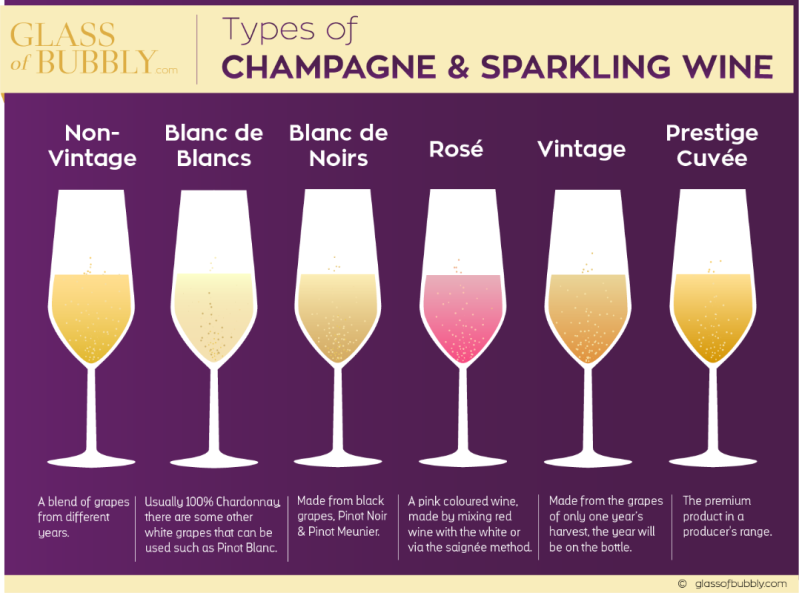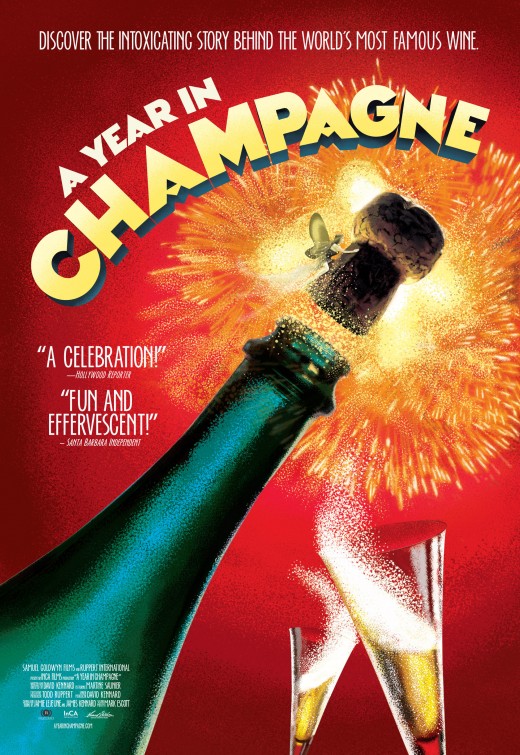It’s a passion; it’s a puzzle.
A Year in Champagne is the second in a series of fine-wine documentaries following up A Year in Burgundy. David Kennard, the director, presented a touching journey of winemaking, taking audiences to northeast French vineyards along the Marne River, to the cellars, to hear the stories from vintners. In a narrative followed by the season of a whole year, the movie explicitly introduces each step in the champagne-making process, the worldwide business of champagne and the anecdotes of champagne production. The long shots and bird-eye views accompanied by classical music bring a splendid audio-visual experience. In short, the movie is such a celebration of champagne that when you watch it you may not even resist opening one of your best bottles to enjoy the sparkling flavor. You will agree that, drinking champagne is all about pleasure.
Watch the film >>> Channel Finder: http://www.eurocinema.com/channel-finder.html
Watch the trailer >>> http://www.eurocinema.com/now-playing/a-year-in-champagne_1120.html
Six French Champagne houses joined in the movie, from independent makers like Champagne Saint-Chamant, to the leading giant houses of Gosset and Bollinger. Their stories provide a comprehensive context for the Champagne enthusiasts and wine lovers to understand how an exciting but difficult work of producing a high-quality Champagne, with nice blenders of an appropriate portion of acidity. In the film, all the houses and growers did their best to fight with the severe weather, protect the yards, perfect their grapes in order to make the best Champagne. You can see how generous, passionate engaging those people were at the time, for their Champagne, like a bubbly and aroma artwork.
Apart from the expertise of production, the documentary reveals an interesting point that how an important role of marketing and branding plays in the Champagne industry. In the interview, a winemaker claims that the business of Champagne is always associated with celebrations as well as the producers usually make efforts to create an emotional connection between the brand and customers. Instead of a daily drink choice, Champagne is designed to represent a status symbol and a life attitude.
If looking back, the history of drinking Champagne can date back to as late as middle ages, it were the royals and celebrities who usually chose Champagne for social events, and regarded drinking Champagne itself for an elegant and the noblest activity. Later, Dom Pierre Perignon, a cellarer of the Abbey of Hautvillers developed the skills of adding sparkle into the ordinary wine, to make the drink more popular and approachable to the mass market. He was also the first man to use cork for stoppers, instead of previous sealing with tow dipped in oil. A special technique, cuvée, was discovered, which stands for the skill of blending wines from different vineyards to make the liquor more layers of fragrance and aroma. In modern times, acceding to the New Yorker records, Champagne and creamed oysters used to be a morning delicacy in Boston.
It’s a great movie for who love drinking Champagne and want to learn something more about history and production of wine. But it is also a really good start for all of you who have a zest for life! Cheers!
Watch the Trail>>>
More to know:
Different Champagne Styles (source: winefolly)

- Non-Vintage (NV)
- Traditional. The most traditional of all Champagne styles. Non-vintage Champagne is a blend of multiple varieties and vintages of wine. The goal is to blend a consistent wine every year. Minimum aging is 1.5 years.
- Vintage Millésime
- Traditional. There have been 46 years denoted as vintage years in the last 60 years. Vintage Champagnes are aged a minimum of 3 years prior to release.
- Cuvée de prestige
- Traditional. This is the tête de cuvée or “Grande Cuvee” of a Champagne house–the very best wine a house produces.
- Blanc de Blancs
- Non-traditional. A Champagne made completely of white grapes like Chardonnay.
- Blanc de Noirs
- Non-traditional. A Champagne made completely with black grapes, such as Pinot Noir and Pinot Meunier.
- Rosé
- Traditional. Typically a blend of white and red wine to create a pink wine prior to secondary fermentation. The Saignée Method is also practiced.


